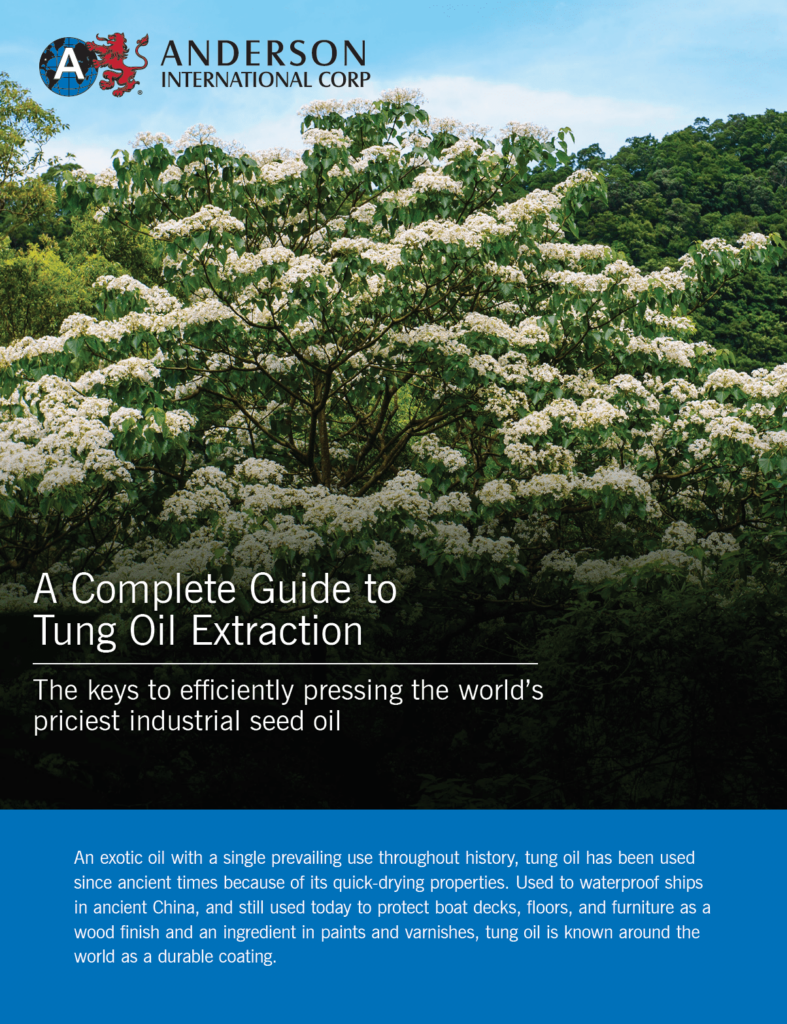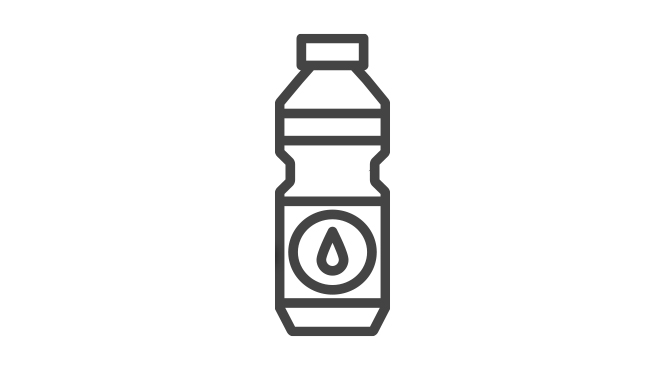
What’s inside the eBook
Driven by growing demand for quick-drying oils across many industrial products, tung oil is starting to see a resurgence. As tung acreage expands to meet this expanding demand, processors must consider how to increase tung oil extraction capacity and quality to keep pace.

At peak production, tung groves typically produce about 2 tons of fruit per acre, producing roughly 100 gallons of raw oil each year. The weight of tung fruit consists of approximately 14-20% oil, 53-60% kernel, and 30-40% seed.

Tung oil is recognized as a top-quality wood finish applied to everything from boat decks and ship timbers to musical instruments, wooden toys, flooring, decks, and furniture.

As new industrial uses emerge through the production of biofuels and electronics, along with more sustainable alternatives to petroleum-based plastics, tung oil’s time-tested popularity will continue to grow.